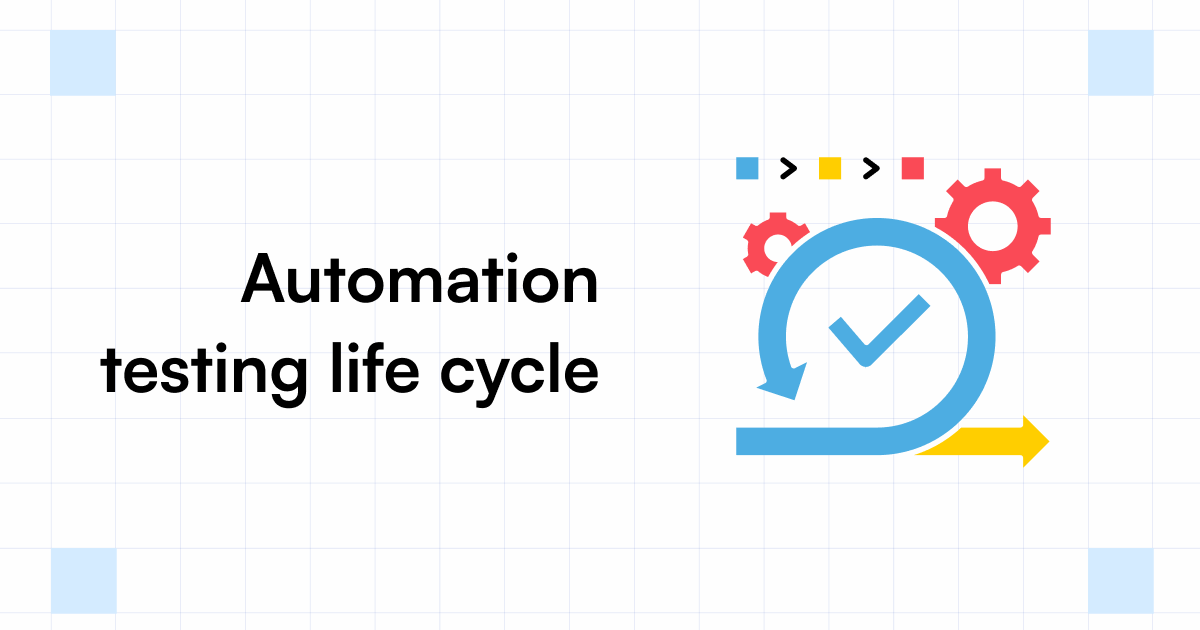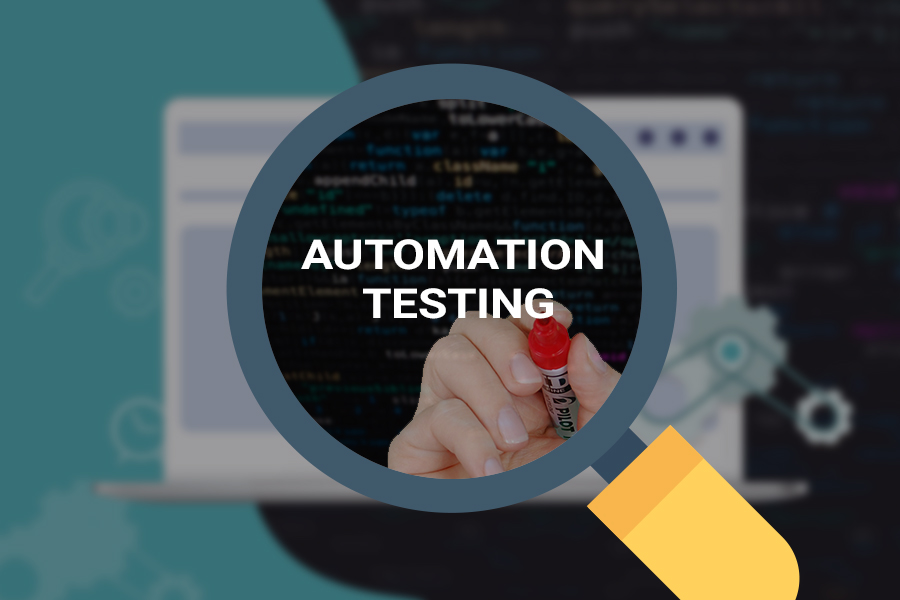From Guidebook to Automated Testing: A Comprehensive Overview to Transitioning Efficiently and Efficiently
In the realm of software screening, the shift from handbook to automated processes has become a significantly important change for organizations looking for to improve performance and accuracy in their screening practices. The trip from manual to automated testing is not without its obstacles, however when come close to strategically and with a clear strategy in mind, the benefits can be significant.
Benefits of Automated Examining
Automated screening uses various advantages, improving efficiency and precision in software advancement processes. Automated examinations can be run at the same time on multiple tools and running systems, substantially speeding up the screening stage compared to hands-on screening.
Furthermore, automated screening guarantees a greater level of precision in spotting flaws. Because automated examinations follow predefined manuscripts, human error is decreased, causing even more trusted test outcomes. Uniformity in testing is additionally improved, as automated examinations carry out the exact same actions exactly each time they are run. This consistency is vital in making certain that all performances of the software application are extensively evaluated, reducing the chance of unseen insects slipping through to manufacturing.
Choosing the Right Tools

First of all, examine your goals and demands. Understand the scope of your project, the technologies entailed, and the capability of your team. This analysis will certainly aid you establish the functions and abilities you call for in your screening tools.
Secondly, consider the compatibility of the devices with your existing systems and procedures. Seamless assimilation with your present software application development lifecycle is important to ensure a smooth change to automation.
Furthermore, assess the scalability and flexibility of the devices. As your testing requires progress, the tools should have the ability to adapt and suit modifications effectively.
Last but not least, consider the support and neighborhood around the tools. Durable support and an energetic user area can supply important sources and support when implementing automated screening. By meticulously thinking about these facets, you can select the right devices that align with your demands and set the stage for an effective transition to automated screening.
Creating Effective Examination Manuscripts

When crafting test manuscripts, it is vital to consider the details demands of the software being tested and make certain that the scripts deal with all critical performances. Detailed and clear calling conventions for examination scripts and examination cases can improve readability and maintainability. Additionally, integrating mistake handling mechanisms within the test manuscripts can aid in determining and resolving issues immediately.
Furthermore, organizing test manuscripts into modular elements can boost reusability and scalability, decreasing redundancy and boosting efficiency in test manuscript upkeep. Regular evaluations and updates to examine scripts are critical to equal progressing software program demands and performances. By adhering to these principles, testers can create efficient and durable examination manuscripts that contribute considerably to the success of automated testing processes.
Integrating Automation Into Workflows
By seamlessly incorporating automated testing devices like Selenium or Appium right into the software application development lifecycle, groups can achieve faster comments on code adjustments, leading to quicker insect discovery and resolution. This combination permits for continuous screening throughout the development process, making certain that any type of concerns are identified early on, resulting in greater software best site high quality. Correct integration of automation devices requires partnership in between development, testing, and procedures groups to establish a unified process that optimizes effectiveness and performance in delivering premium software program products.
Making Certain a Smooth Change
Successfully transitioning to automated screening involves precise preparation and careful execution to maximize and decrease disruptions effectiveness in the software application growth procedure - automation testing. To guarantee a smooth shift, it is necessary to start by conducting a thorough assessment of the present testing procedures and identifying areas where automation can bring the most considerable advantages. Involving with all stakeholders beforehand in the procedure, consisting of developers, testers, and job supervisors, is vital for amassing assistance and buy-in for the automation campaign
Interaction is crucial throughout this transition phase. Clear communication of the objectives, advantages, and assumptions of automated testing helps to manage any type of resistance or issues that may emerge. In addition, giving ample training and sources for group members to upskill in automation devices and methods is important for guaranteeing a successful transition.

Final Thought
Finally, transitioning from guidebook to automated testing provides various benefits, consisting of boosted performance and integrity. By picking the appropriate devices, writing effective test scripts, and incorporating automation seamlessly into process, companies can ensure a successful and smooth transition. It is important to accept automation as a useful property in software program screening procedures to boost total top quality and performance.
In the world of software application testing, the shift from guidebook to automated procedures has actually become a progressively important shift for organizations seeking to enhance efficiency and accuracy in their screening methods. Automated best site tests can be run at the same time on multiple devices and running systems, dramatically speeding up the testing stage contrasted to hands-on testing. Consistency in screening is additionally enhanced, as automated examinations execute the same actions specifically each time they are run.To ensure the successful application of selected testing devices, the creation of reliable examination manuscripts plays a crucial function in verifying the functionality and efficiency of automated processes - automation testing. By adhering to these principles, testers can develop robust and reliable test manuscripts that contribute dramatically to the success of automated testing procedures